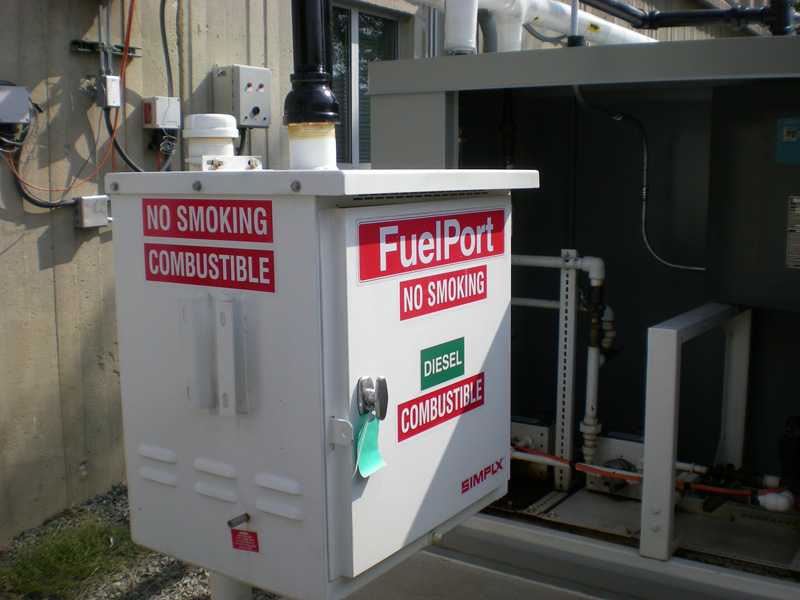When the thought of an underground storage tank release comes to mind, it’s usually one of an old, corroding tank that has developed a leak, causing it to release its contents into the surrounding environment. But spilling and overfilling are two other sources of storage tank releases that need to be accounted for. This week, we’ll talk about how to prevent spilling and overfilling storage tanks.
Preventing Spilling
When a new delivery is made to a storage tank, the delivery hose is connected to the fill pipe, and the product is pumped into the storage tank. When the hose is disconnected, there is often still product left in the hose that can spill out. An error in delivery may also cause the product to come out of the house before it is connected to the fill pipe or after it is removed.
To account for these possibilities, a spill bucket (also known as a catchment basin or spill containment module) is used. The bucket is a basin around the spill pipe that catches any product that misses the fill pipe. The bucket needs to be large enough to contain potential the full volume of the delivery hose, which is usually around 14 gallons. The larger the bucket, the better protection it provides against spills.
Spill buckets are required for all tanks that receive more than 25 gallons at a time. Many day tanks for this reason do not require spill buckets.
The contents of a spill bucket can be pumped back into the tank to prevent product loss. However, if the product mixes with water or sediment in the spill bucket, it can become contaminated, in which case it should not be pumped into the tank. In this case, the contents of the bucket will need to be removed and disposed of in accordance with federal and state hazardous waste regulations, if the product contains fuel or chemicals.
Overfill Protection
Overfill protection prevents storage tank releases that could occur if the tank were filled with more product than it could contain. There are several types of overfill protection. Flow restrictors determine when a product has reached a dangerous level, and restrict product flow. Often these are used in conjunction with overfill alarms, which alert the operator, who can then manually stop product flow. Automatic shutoff devices are also used as overfill protection. These devices determine when a product has reached a dangerous level and automatically stop product delivery, preventing a release.
